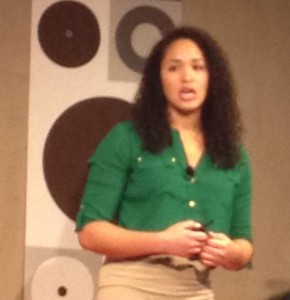Connecticut Residents Are Extroverts, Neurotic and Open, National Study Finds
/
Connecticut ranks 47th among the states in conscientiousness, but #12 in extroversion and #16 in neuroticism, according to a new study published in a scientific journal and reported in TIME magazine. Overall the state falls into the “temperamental and uninhibited” category, as does much of the Northeast, led by Vermont, Massachusetts and Pennsylvania.
Using personality test data from over one million people compiled over a decade, researchers identified three distinct personality regions in the country, and the degree to which each state reflected those characteristics. The study was conducted by a multinational team of researchers led by psychologist and American expatriate Jason Rentfrow of the University of Cambridge in Great Britain. 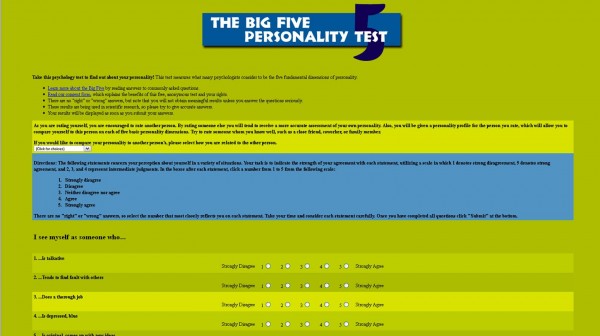
The study, which maps the American mood state-by state, found that West Virginia is the most neurotic state, Utah is the most agreeable (Washington D.C. – not surprisingly – is the least agreeable) and the Wisconsin has the country's most extroverted residents. The most conscientious state in the nation? That would be South Carolina.
The Connecticut Scoreboard indicates that state residents are above the national average in three characteristics - extroversion, neuroticism and openness, but lag in agreeableness and conscientiousness. (rank among states in parentheses; a score of 50 is the national average in each category:
- Extroversion (12) 57.6
- Neuroticism (16) 53.4
- Openness (21) 53.9
- Agreeableness (43) 38.6
- Conscientiousness (47) 34.2
(sample size was 17,769)
The study, published in the Journal of Personality and Social Psychology, spanned 13 years and including nearly 1.6 million survey respondents from the 48 contiguous states and Washington, D.C.. (Alaska and Hawaii were excluded because not enough people responded to the researchers’ questionnaires.)
The subjects, recruited via websites and advertisements in the academic community as well as through platforms like Facebook, were asked to take one of three different personality surveys, though the most relevant one was what’s known as the Big Five Inventory, TIME reported. The survey measures personality along five different spectra: Openness, Conscientiousness, Extroversion, Agreeableness and Neuroticism.
(If you’d like to take the test, it is available online from TIME.)
Each of those categories is defined by more-specific personality descriptors, such as curiosity and a preference for novelty (openness); self-discipline and dependability (conscientiousness); sociability and  gregariousness (extroversion); compassion and cooperativeness (agreeableness); and anxiety and anger (neuroticism). The inventory gets at the precise mix of those qualities in any one person by asking subjects to respond on a 1-to-5 scale, from strongly disagree to strongly agree, with 44 varied statements.
gregariousness (extroversion); compassion and cooperativeness (agreeableness); and anxiety and anger (neuroticism). The inventory gets at the precise mix of those qualities in any one person by asking subjects to respond on a 1-to-5 scale, from strongly disagree to strongly agree, with 44 varied statements.
When the returns were tallied, TIME reported, the country broke down into three macro regions: New England and the Mid-Atlantic states, which the researchers termed “temperamental and uninhibited”; the South and Midwest, which were labeled “friendly and conventional”; and the West Coast, Rocky Mountains and Sun Belt, described as “relaxed and creative.”


 percent.)
percent.)
 ts of both political parties into mayoral offices in cities and towns across the landscape?
ts of both political parties into mayoral offices in cities and towns across the landscape? tors frequently confronted devastating epidemics that wiped out many of the members of their groups; at such times, having a healthy leader might have been particularly important,” they wrote recently in
tors frequently confronted devastating epidemics that wiped out many of the members of their groups; at such times, having a healthy leader might have been particularly important,” they wrote recently in 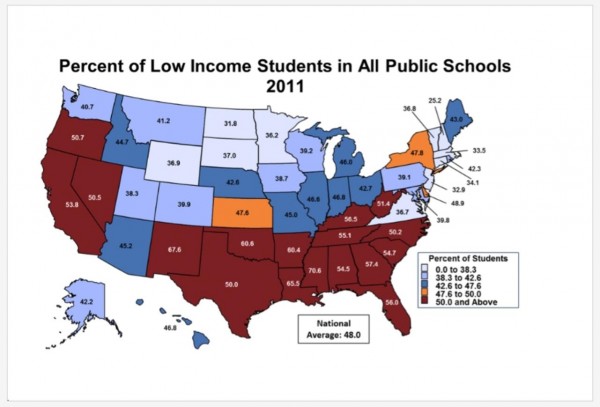 public schools moved from 38 percent of all students in 2001 to 48 percent in 2011.”
public schools moved from 38 percent of all students in 2001 to 48 percent in 2011.” st and 40 percent in the Northeast. The national average was 48 percent. As the report pointed out, “in 2011 the nation stood within only two percentage points of enrolling a majority of low income students in public schools across 50 states.”
st and 40 percent in the Northeast. The national average was 48 percent. As the report pointed out, “in 2011 the nation stood within only two percentage points of enrolling a majority of low income students in public schools across 50 states.”
 ceed in public schools? It is a question of how, not where, to improve the education of a new majority of students.”
ceed in public schools? It is a question of how, not where, to improve the education of a new majority of students.” Connecticut as compared with 78.2 percent nationally.
Connecticut as compared with 78.2 percent nationally.
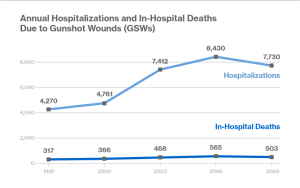
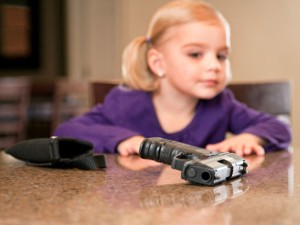 ons from gunshot wounds increased from 4,270 to 7,730, and in-hospital deaths from 317 to 503, the researchers found. The study also found a significant association between the percentage of gunshot wounds occurring in the home and the percentage of households containing any firearms, loaded firearms and unlocked loaded firearms.
ons from gunshot wounds increased from 4,270 to 7,730, and in-hospital deaths from 317 to 503, the researchers found. The study also found a significant association between the percentage of gunshot wounds occurring in the home and the percentage of households containing any firearms, loaded firearms and unlocked loaded firearms. , rates of gun possession ranged from a national low of 10 percent in New Jersey, for instance, to 62 percent in Montana, the researchers found.
, rates of gun possession ranged from a national low of 10 percent in New Jersey, for instance, to 62 percent in Montana, the researchers found. Francisco-Oakland (44%), Fort Collins-Loveland, Colorado (44%), and Seattle-Everett, Washington (42%). Yuma, AZ and Merced, CA, both at 11 percent, ranked last.
Francisco-Oakland (44%), Fort Collins-Loveland, Colorado (44%), and Seattle-Everett, Washington (42%). Yuma, AZ and Merced, CA, both at 11 percent, ranked last. education rise by about 7 percent as the share of college graduates in his city increases by 10 percent,” a statistical analysis indicates.
education rise by about 7 percent as the share of college graduates in his city increases by 10 percent,” a statistical analysis indicates.
